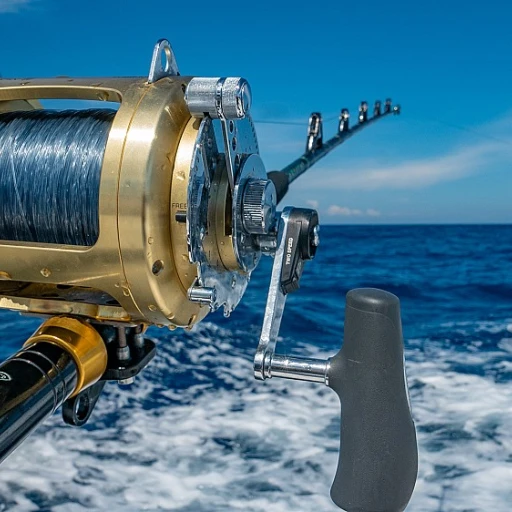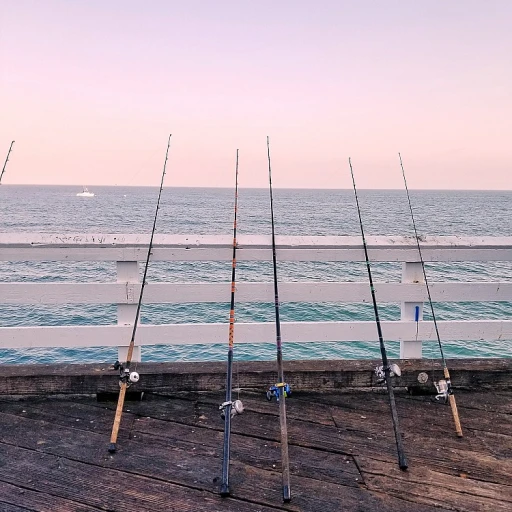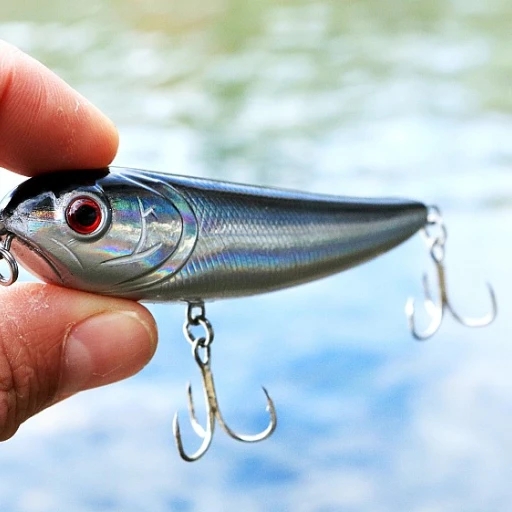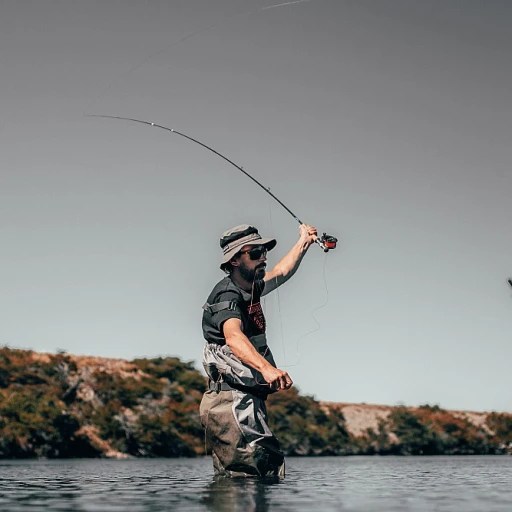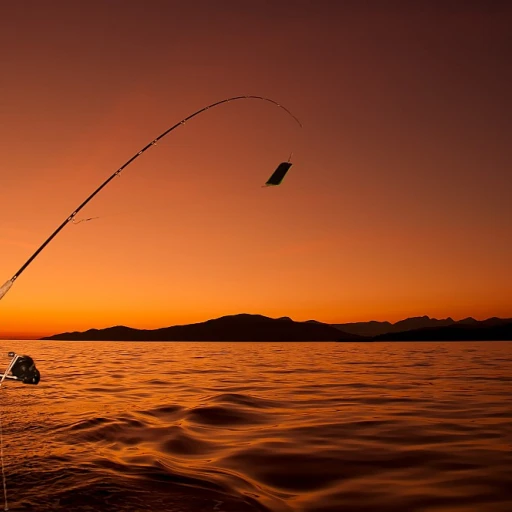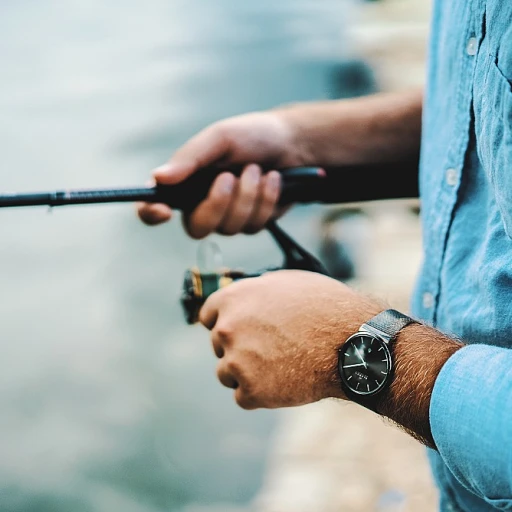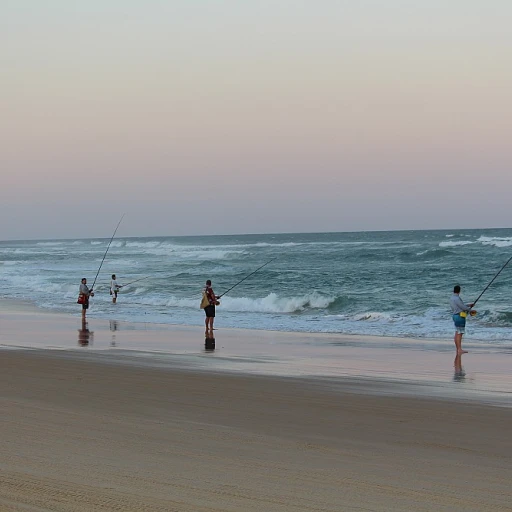
The Basics of Amsteel Rope
Delving into the Characteristics of Amsteel Rope
Amsteel rope is a cornerstone in the world of recreational fishing, renowned for its remarkable strength and lightweight nature. Often favored by fishermen for its durability and ease of handling, the rope is crafted from Dyneema fibers, making it stronger than steel at an equivalent weight. This strength-to-weight ratio gives anglers an edge, especially when targeting larger species that require reliable gear. Apart from its strength, Amsteel rope exhibits impressive flexibility, which enhances its usability for various splicing techniques such as the "lock stitch" and "locked brummel". These methods allow for creating secure connections like the "eye splice" or "class eye", which are essential when assembling fishing gear. As you explore methods to increase the efficiency of your setup, understanding these splicing techniques becomes indispensable. The integration of a "bury" or "splice bury length" determines how effectively the rope maintains its reliability during use. This concept is crucial for those looking to maximize their fishing performance, as the right bury ensures the rope's integrity under tension. To further explore reliable enhancements for your fishing experience, check out this guide on essential gear. In consideration of these factors, adding Amsteel rope to your toolkit means you can anticipate a notable boost in performance and reliability. The unique properties of this rope, combined with the right splicing approach, are key components of a robust fishing setup, paving the way for successful fishing expeditions.What is Splice Bury Length?
Understanding the Role of Burying in Amsteel Splicing
In the world of recreational fishing, understanding the intricacies of splicing techniques can vastly enhance the performance and reliability of your gear. One of the essential elements in this domain is the bury length. When we talk about splice bury length, we refer to the portion of the Amsteel rope where one member is joined and securely held by splicing; a critical part of the process to ensure its integrity and functionality.
The bury length is the portion of the member that is threaded back into itself to create a tight lock. This acts almost as a knot, providing strength to the eye splice and ensuring the splice won’t unravel under tension. In Amsteel splicing, particularly with the locked Brummel, this process becomes important as it impacts how effectively the rope can support burdens.
You might encounter terms such as straight bury or brummel splice. A straight bury involves inserting the tail of the rope back into itself for anchoring, whereas a Brummel splice incorporates a lock to enhance the security between members joined. A long bury is considered safer as it allows more friction to build between the strands, contributing to increased durability and strength.
The science and technique behind calculating and applying the right bury length are essential for creating robust and long-lasting fishing lines. For recreational fishermen, knowing how to manage bury lengths can make a difference in both average and challenging fishing scenarios.
For more insights on the techniques used in splicing ropes similar to Amsteel Blue, you can explore this article on comparing Dyneema splice, Brummel, and stitching techniques.
Calculating the Ideal Bury Length
Determining the Optimal Length for Splice Bury
Understanding how to calculate the ideal bury length for your Amsteel rope is essential for ensuring the strength and durability of your fishing gear. Properly executed, a splice with the right bury length will maintain line integrity and performance. The recommended bury length largely depends on the diameter of the rope you're using. A standard guideline is to use a bury length that measures 30 times the rope's diameter. This rule ensures that the strength of the line is maximized, reducing the risk of breakage or slippage. For instance, if your Amsteel rope has a diameter of one-eighth of an inch, the length of wire you need to bury is about three and three-quarters of an inch. However, factors such as the type of splice, whether it be a brummel or a straight bury, can alter the exact requirements. The locked brummel splice, for example, offers the added security of a locked joint but might still benefit from a slightly longer bury length, particularly in high-stress scenarios. An eye splice demands careful measurement alignment to ensure that its buried tail does not compromise the loop strength. Making these adjustments accurately and consistently will elevate the overall performance of your fishing setup. Moreover, beyond the mechanical reasoning, it’s crucial to consult resources that delve deeper into fishing techniques and practices. Exploring advice from professionals and engaging with communities through various forums where messages and ideas are exchanged can provide additional, nuanced insights into how your splice decisions affect your fishing adventures. Properly maintaining your setup with the right saltwater tackle bag can greatly complement these strategies, ensuring your gear is always in optimal condition.Techniques for Splicing Amsteel Rope
Mastering the Art of Splicing Techniques
Successfully splicing Amsteel rope is a crucial skill for any recreational fisherman looking to enhance the strength and reliability of their fishing gear. Proper splicing techniques ensure that the rope retains its maximum strength and integrity, which are paramount when dealing with high-tension conditions during fishing. To achieve a proficient splice, understanding the different methods and their applications is necessary. Here are some common techniques used:- Locked Brummel Splice: This technique offers a strong, reliable connection without the need for additional stitching. It involves intertwining the rope's strands, effectively joining them in a secure loop with the use of a brummel. This method is particularly favored for its simplicity and effectiveness in creating a locked eye splice.
- Straight Bury: This method involves inserting the tail of one rope end into the hollow core of another. By ensuring a long bury, or bury splice, you maximize the rope's strength and reduce the chances of slippage. The tail is buried within the splice, providing a seamless transition between the joined members.
- Lock Stitch: While not always necessary when using a locked brummel splice, a lock stitch can further secure the splice. The stitch helps prevent any unexpected movement of the rope's strands, offering an extra layer of assurance.
Impact on Fishing Performance
Influence on Fishing and Performance
A well-executed splice and optimal bury length in Amsteel rope are crucial for enhancing fishing performance. The splice strongly influences the rope's strength and reliability, ensuring the durability of your fishing gear. A poorly spliced rope can result in unexpected failures that might cost you a prized catch.
For instance, employing the brummel splice with a proper bury length enhances the rope's integrity, preventing it from slipping even under significant tension. This attribute is crucial when dealing with powerful fish or when the line is subjected to sharp movements.
Splices involving techniques like the locked brummel or straight bury can have different impacts on your fishing experience. The selection of the right method can offer a secure attachment of the eye and bury, critical for maintaining stability during intense fishing conditions. Therefore, understanding and applying these techniques correctly can transform an average fishing line into one that feels almost custom-tailored for your needs, maximizing class performance and minimizing knot problems or premature wear.
Moreover, selecting a suitable bury length contributes to the rope's overall strength. The recommended choice of a long bury when dealing with an eye splice or other complex joins ensures that the rope endures the demands of the environment, and stands up to tough usage over time.
Ultimately, the interplay between splice techniques, required bury length, and the overall rope setup plays a significant role in your efficiency on the water. For a competitive angler or recreational fisher, mastering these essentials offers a marked advantage, enhancing confidence in your setup during every cast and catch.
Tips for Maintaining Your Spliced Lines
Essential Practices for Taking Care of Your Spliced Lines
Maintaining the integrity of your spliced Amsteel rope is crucial for ensuring its longevity and performance. Proper care guarantees that the eye splices, brummel splices, and the various joining techniques like the locked brummel or bury splice remain intact, providing the expected strength.
Here are some key tips to help you preserve your spliced lines:
- Regular Inspection: Frequently check your spliced lines for signs of wear or damage. Pay attention to the messages location around the eye splices and where members are joined. Look for any abnormalities or weaknesses that might compromise the rope's integrity.
- Protect Against Abrasion: Be cautious of the surfaces and objects that your rope comes into contact with. Any abrasive materials can damage the outer sheath, affecting the buried tail and the straight bury sections of the rope.
- Avoid Excessive Exposure: Limit the rope's exposure to harsh environmental conditions, such as prolonged UV radiation, saltwater, or extreme temperatures. These factors can degrade the material, reducing the effectiveness of the bury and lock stitch.
- Practice Proper Storage: Store your spliced ropes in a dry, cool, and dark place when not in use. Ensure they are coiled neatly and not unnecessarily stretched or bent, which can stress the brummel lock and class eye connections.
- Retrain Your Splicing Skills: Continuously practice and refine your splicing techniques. Utilizing the correct methods, such as those detailed in pdf guides or splicing class instructions, ensures you can re-splice when necessary, maintaining the amsteel blue's maximum strength.
Taking these preventive measures helps you maximize your equipment's lifespan and maintain its impeccable performance during your fishing adventures.

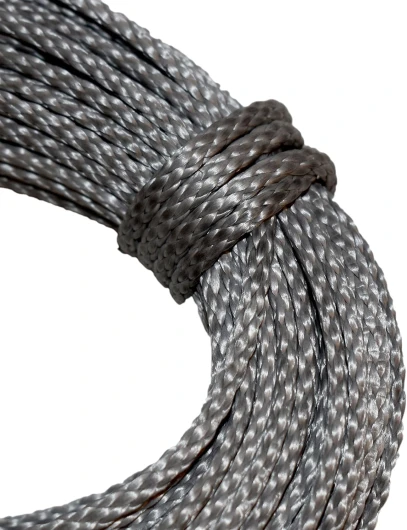
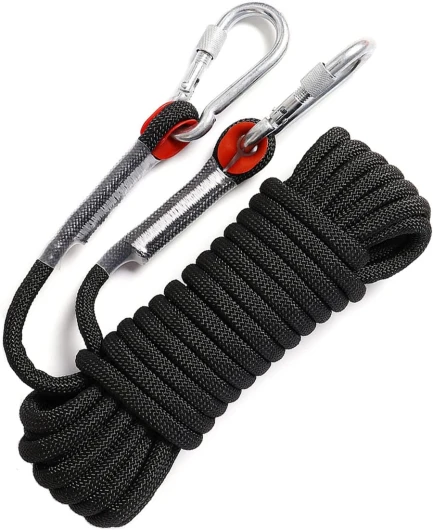
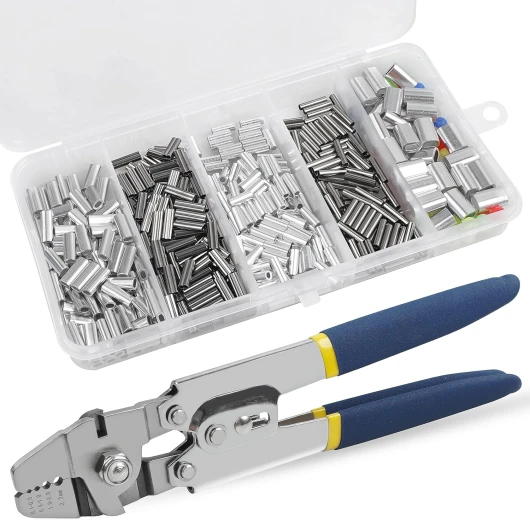
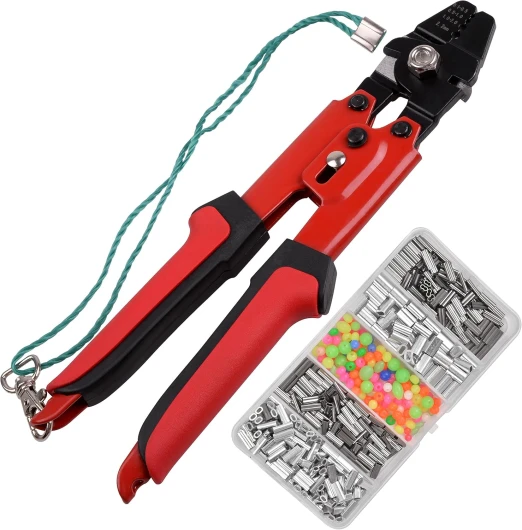
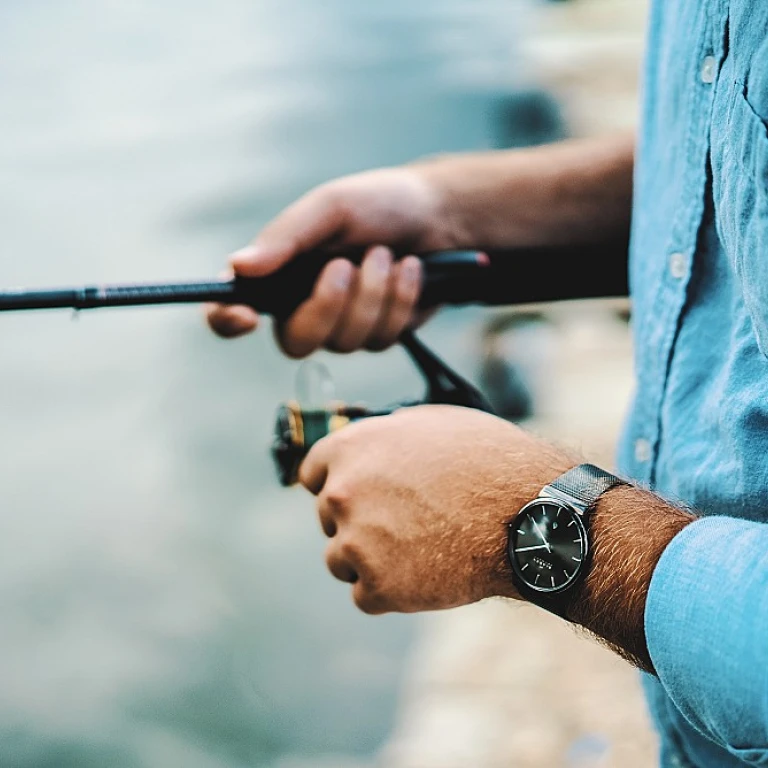
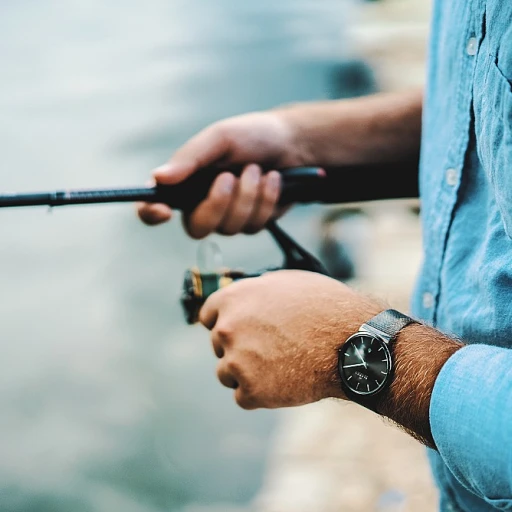
-large-teaser.webp)
